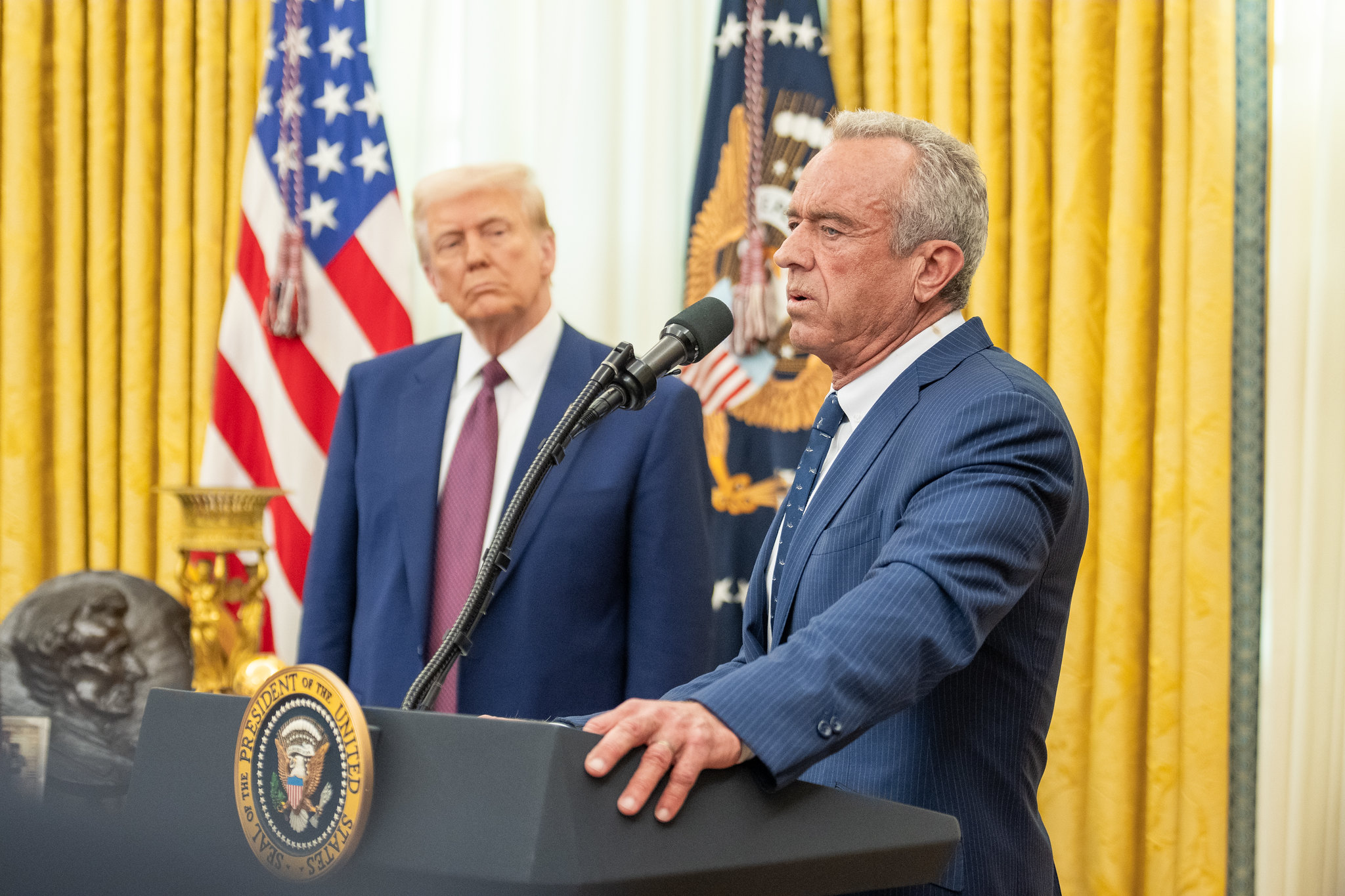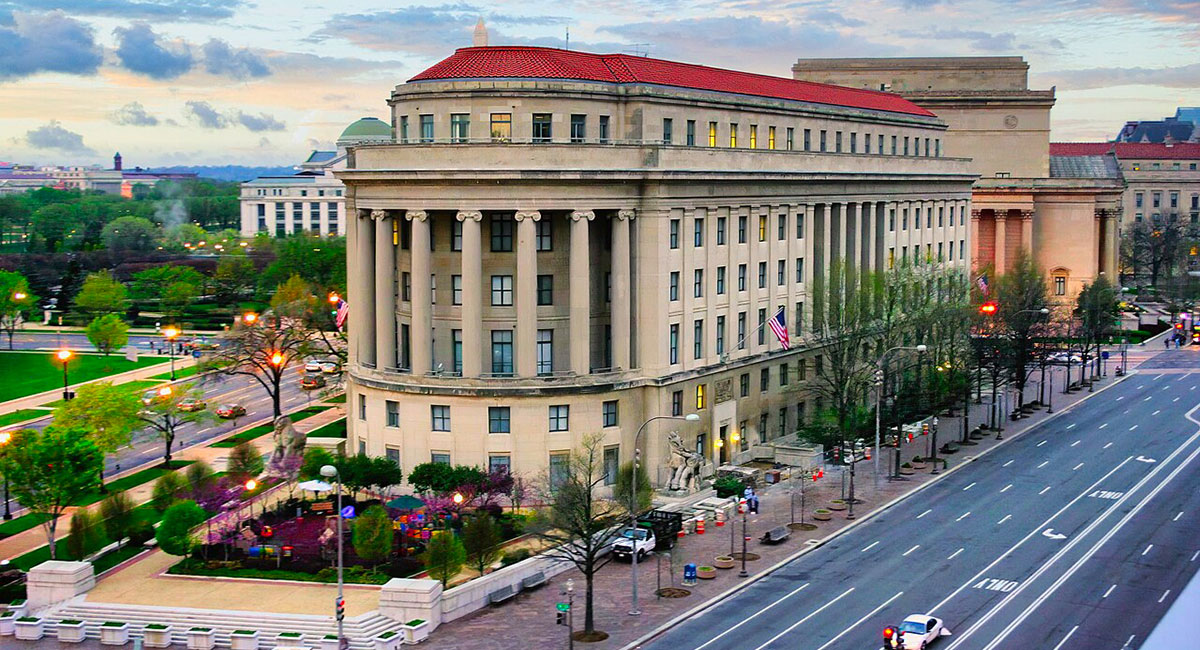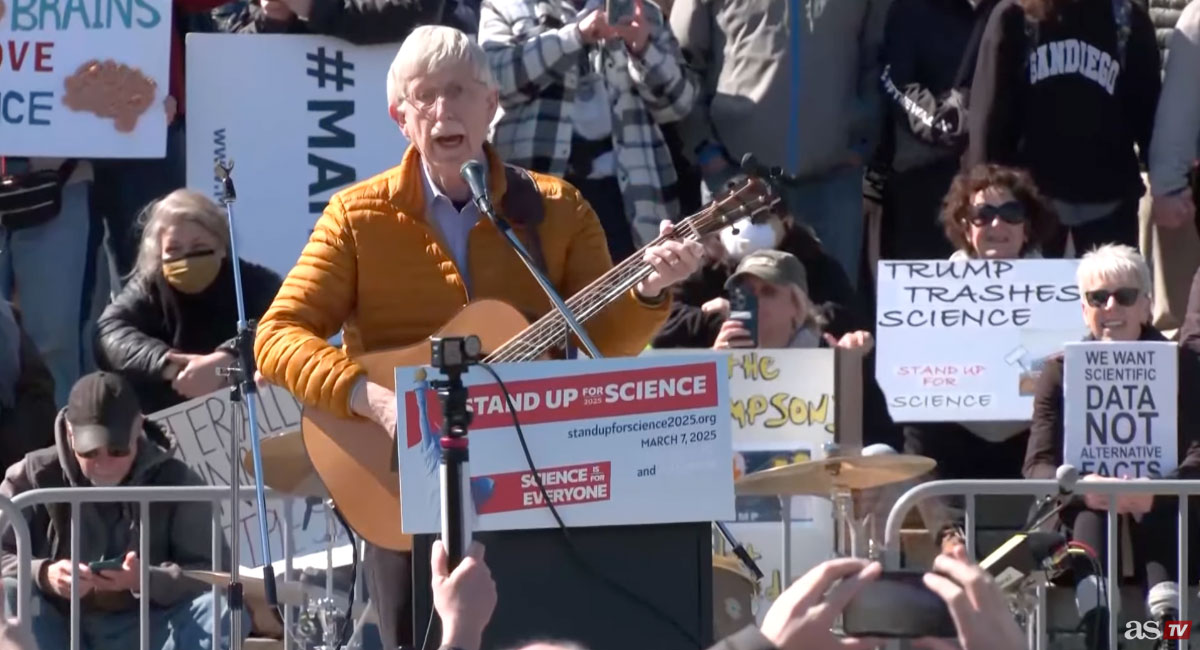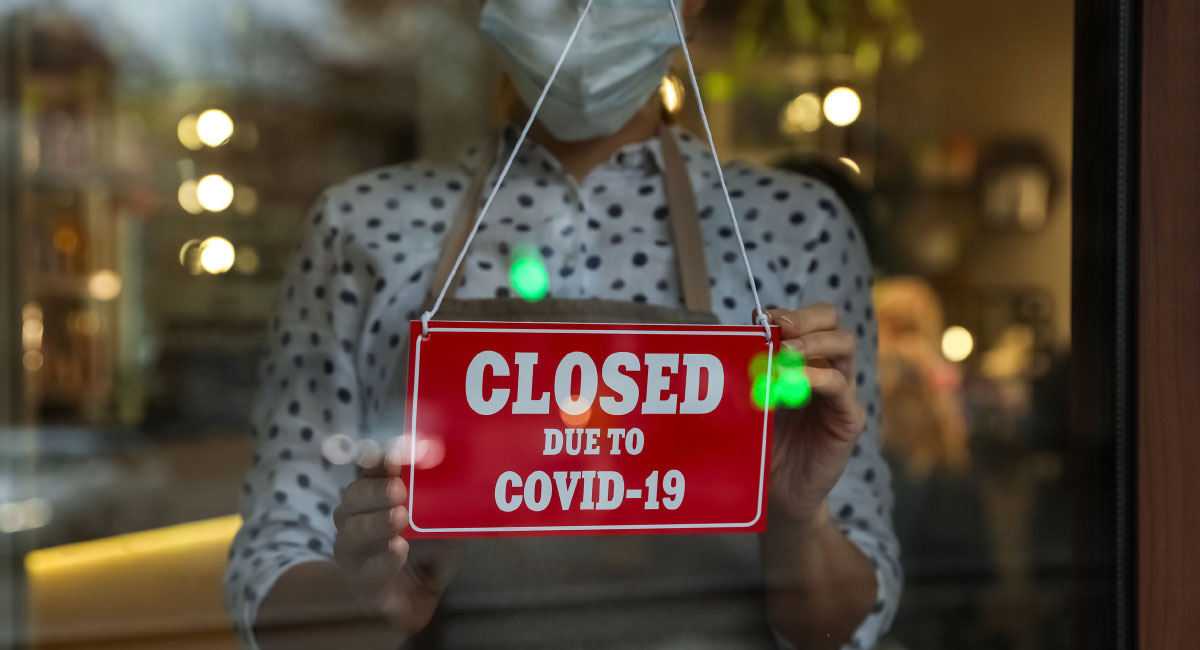One Simple Trick to Nixing Needless Federal Rules
The Trump administration can bypass bureaucratic delays and roll back costly regulations faster by using interim final rulemaking.
April 10, 2025
News Article
The Department of Government Efficiency’s (DOGE) heavily publicized quest to root out waste continues. Recently, this bellicose band of cost-cutters landed at the U.S. Postal Service and dug in at the Social Security Administration (SSA). But all the spending cuts in the world won’t make up for an overwrought regulatory state that extracts trillions of dollars from the economy each year. Fortunately, there is an easy way to cut away at needless rules that won’t take President Trump’s entire term to implement. The Trump administration can and must use “interim final rulemaking” to free businesses and households from endless reams of red tape. It is time for bold regulatory reform that cuts costs and puts consumers in the driver’s seat.
Officials looking to slash red tape have few tools in their arsenal. One common approach is to use a piece of legislation called the Congressional Review Act, which allows lawmakers to overturn rules submitted by federal agencies within the past sixty (legislative) days. While some of the CRA’s fine print allows lawmakers to stretch out this timeline a bit, the legislation has its limits. Basically, lawmakers can only use the CRA to axe rules finalized late in the previous administration’s term. That is a problem when some of the costliest and most devastating rules (e.g., costly appliance energy standards) were finalized quite a while ago.
Absent the swift sword of the CRA, administrations trying to cut regulations have to follow the 1946 Administrative Procedure Act (APA). This landmark legislation generally requires agencies to kick off notice-and-comment rulemaking for deregulatory actions. This process can easily take four years or the entire length of a presidential administration. So, by the time the Trump administration hears from the public, fields objections, and releases successive drafts of its proposed reforms, there may be a new administration in town that quickly presses pause on these efforts. That is a big reason why there wasn’t a ton of meaningful deregulation during President Trump’s first term, despite the fact that the rate of regulation significantly slowed. As it turns out, switching into “reverse” is much more difficult than not proposing as many new rules.
The good news is there is a way around this morass. The APA says that if agencies give a good enough reason (“good cause”), they can issue a rule that’s effective right away. The public is still welcome to weigh in, but for whatever reason, the rule need not wait to go into effect. In recent memory, this “interim final rulemaking” (IFR) has been used to promulgate regulations in times of national emergencies, such as the COVID-19 pandemic or the post-9/11 era. But, outside of these rare emergencies, it makes far more sense to use the IFR process to cut rather than enact new regulations.
For example, courts find that “good cause” exists when rulemaking would either be “impracticable” or “contrary to the public interest.” One straightforward case of this would be a preexisting regulation that has absolutely no basis in the underlying law. Under the previous leadership of Martin O’Malley, the SSA was a repeat offender in serially undermining the Social Security Act to enact new regulations. Complex benefit calculations plainly required by the law were ignored and replaced by costly regulations that allowed anyone to receive benefits if any member of their household was also on public assistance. Ending this rule is necessary to follow the letter of the law, making it plainly against the public interest to slow walk reforms.
Another “good cause” for deregulation has to do with incentives and gaming the system. Going through the ordinary multi-year process for rolling back benefits could lead to a surge in applications in the near-term if individuals or businesses perceive the gravy train is coming to an end. A quick kibosh can therefore make far more sense than a slow unwinding. Courts have tentatively bought this line of argument, though they expect agencies to show their homework before making this kind of claim.
There is plenty of “good cause” to quickly unwind decades of harmful regulations. Fortunately, the Trump administration appears to be using the IFR process to end some of the worst rules. This rule-routing tool will change life for the better for millions of Americans.




























